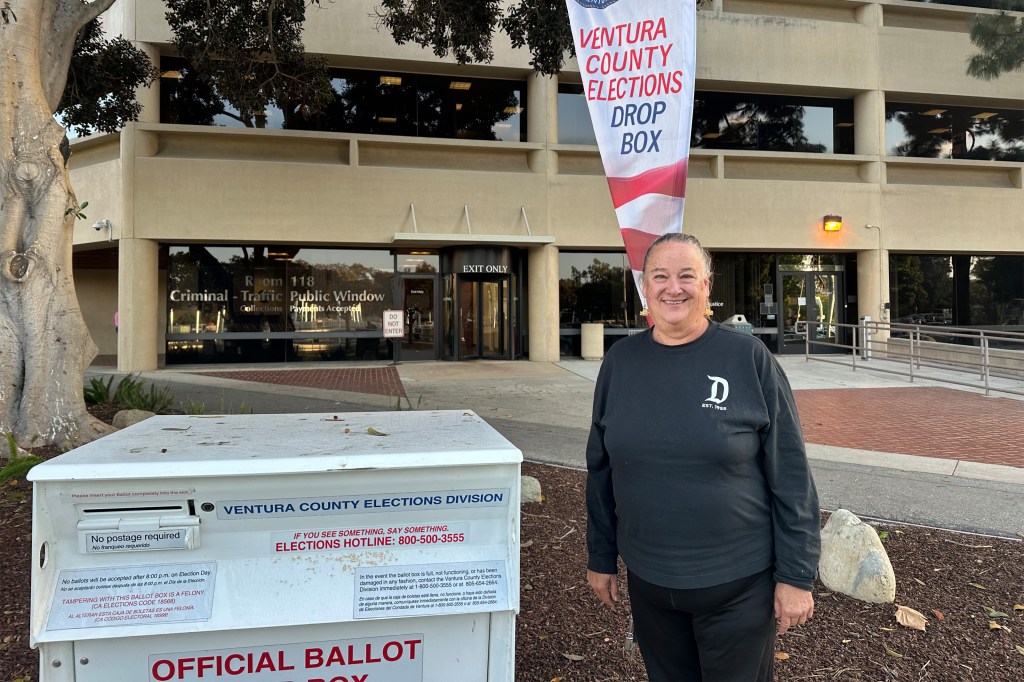HIT Consultant – Read More

Healthcare organizations spend incredible amounts of time and energy on improving patient and provider experiences. But the industry is currently under stress as it navigates financial headwinds while also trying to care for an increasingly nervous, anxious, and aging patient population. This is a challenging endeavor while also striving to provide the best care possible.
About one-third of healthcare executives say technology investments are a priority in 2025, with the adoption of digital platforms considered a holistic part of system redesign and enhancements to the patient experience. This includes patient portals, apps for monitoring devices, and online appointment scheduling. An underrepresented – yet growing – part of this technological investment is digital signage.
Digital signage is important for many reasons – the least of which is the ability to efficiently and effectively display information and control content. It is key to providing a consistent experience that patients demand. From marketing leaders to digital strategists, to IT and operations chiefs, to facility and practice managers, there’s reason to take note of the near- and long-term benefits of a connected digital signage ecosystem.
Here is where a revamped and reinvigorated approach to information communication and content display can improve patient and provider experiences.
1. Digitize wayfinding: Navigation is a major issue for both older and renovated healthcare facilities – especially when patients and families visit a facility for the first time. This has become an even greater challenge as more facilities embark on upgrades, leaving half of the facility complete while the rest remains under construction, resulting in an inconsistent experience from building to building. Not only does this put patients in a precarious position trying to navigate their way, but it adds unnecessary complications for staff who must answer questions or consistently confront scheduling delays.
Using digital signs for wayfinding offers a way to clearly and concisely share critical location information. This includes expected walking times, guidance to the nearest elevator, construction detours, and clear directions to amenities. Furthermore, signage can be active, leveraging information from sensors and other digital touchpoints throughout the facility to give accurate estimates and near real-time information. For example, when rushing to an appointment, a sign could suggest that the facility is running a few minutes behind schedule to avoid unnecessary haste.
2. Create a calming atmosphere: Time is the ultimate unknown surrounding healthcare appointments, adding to patients’ stress. Stepping out for an appointment could be a 15-minute or 2-hour endeavor – or more. Keeping patients in the dark about waiting times, queue positions, or scheduling delays leaves them feeling anxious and unheard. In an increasingly competitive healthcare landscape, perception (including wait time perception) matters.
Digital signage offers a simple way to improve the experience by displaying critical information that helps patients remain calm and in control. With today’s modern digital media players, signage applications do not have to be static media projecting on a screen. Instead, with the ability to both display controlled content and integrate information from sensors and other IoT devices, healthcare systems can take a proactive, data-driven approach to patient and provider experiences. Furthermore, facilities can easily display calming graphics, thought-provoking images, and educational content that takes their mind off the appointment or perceived wait times.
3. Share important updates: The health and wellness of patients extend well beyond the four walls of the facility. In fact, many patients and families rely on their healthcare providers as valuable resources to help them live happier, healthier lives. Healthcare systems have long known that investment in education drives better patient outcomes and lower long-term healthcare costs. However, they have struggled to consistently place information in the hands of an increasingly diverse patient population.
Healthcare systems can use digital signage to share best practices for flu or allergy seasons, weather updates that dictate pollen count, and help distinguish allergy symptoms, or even air and water quality warnings in the wake of fires, floods, or other natural disasters. Furthermore, the ability to control digital signage content remotely makes it easy for healthcare providers to update multiple displays at once and ensure messages remain timely. This means that patients at all locations can benefit from both hyper-local live feeds and consistent educational or experiential material. It’s a blend of both worlds.
Digital signage also offers the flexibility to share information in different languages or to engage with it via interactive touchscreens. Patients can tap through different panels of an informative infographic, making it easier for providers to share more detailed information and recommendations that wouldn’t necessarily fit on one screen. The interactivity of digital signage enables patients to learn more in their own time as they sit in the waiting room. While they may have felt nervous bringing up a topic to their doctor, with knowledge comes the confidence to ask more informed questions.
4. Enhance clinician workflows and reduce errors: As healthcare becomes increasingly digital, integrating telehealth, remote care, EHR systems, and real-time updates skyrockets in importance. Having to manually update whiteboards or clipboards with handwritten or printed schedules is a time-consuming and error-prone endeavor. This exacerbates internal communication gaps and delays in disseminating critical information. At the same time, healthcare systems must be mindful of the size and security of their technology stack, as reliability and security are paramount.
At the back end of a facility or behind the counter, digital signage can be used as a tool to improve the accuracy and timeliness of workflows and schedules, including where providers are and what their calendar looks like. Content (or data) can be directly fed into an application, displaying crisp, clear information that leaves little room for ambiguity. Signage applications that also come with centralized control and cloud accessibility means that those in charge of content can update media securely from any location. This is critically important to ensure speed and consistency across tens or hundreds of digital touchpoints and signage applications, while promoting efficiency in the process.
Furthermore, the impact of AI also comes into play with digital signage applications. Edge AI is already seeing potential in healthcare, helping with real-time detections and information processing at scale. Digital signage – powered by media players that have on-device processing power – can utilize data in near real time to improve content recommendations, scheduling accuracy, and other system alerts, such as fall detection. For example, with gaze detection, applications can determine if patients are engaging with educational information. If so, it can change the display and provide additional information or update content to something that might generate more impact.
Looking ahead
Healthcare leaders are looking to modernize how they deploy signage from the front desk to check-up rooms. There are so many elements within the holistic patient and provider experience that signage and content can positively impact – from education and information, to operations, to wellness.
It is important to note as with all technology in healthcare, reliability, security, and performance must be key considerations. In increasingly connected digital healthcare systems, there’s a middle ground between expansion through transformation while minimizing possible threat vectors and endpoints. Have these conversations often and early.
There is an untapped opportunity for digital signage to incrementally improve the healthcare environment. When deployed correctly, both the patient and the provider experience will benefit greatly.
About Misty Chalk
Misty Chalk is the vice president of sales, Americas, at BrightSign, the global market leader powering the digital signage industry. She brings two decades of technology experience, helping both small and large organizations define their unique digital signage journey to meet the changing needs of consumers.




